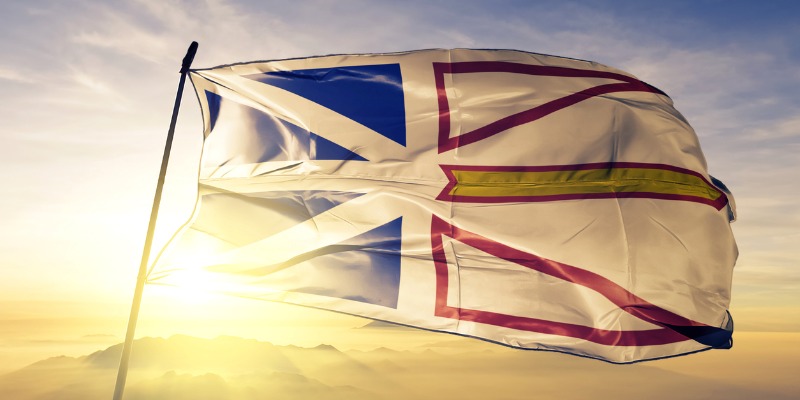Furey budget kicks ‘spending’ can down the road

The Furey government released a pivotal provincial budget on Monday, as Newfoundland and Labrador attempts to weather a fiscal and economic storm. While the budget contains some good news, including a reduced deficit, it largely avoids tackling the province’s biggest challenge—oversized government.
In short, the budget projects an increase in total government spending, from $8.7 billion last year to $9.3 billion this year. The Furey government will spend $17,955 per person this year, the most of any province.
The good news is that the budget does project a reduced deficit, from $1.6 billion last year to $826 million this year, with further reductions in future years culminating in a projected budget surplus in 2026/27. And Finance Minister Siobhán Coady said some positive things including that “the status quo is no longer acceptable” while committing to introduce balanced budget legislation.
While this commitment is positive, the plan outlined in this budget presents a risky path to budget balance. Debt will continue to rise for the foreseeable future. As we wrote in a recent commentary, should the province’s interest rate on debt return to historical norms, it could cost the province up to half a billion dollars per year in debt interest costs. Such a development would almost certainly kill the plan to balance the budget by 2026/27. Increasing debt for several years, before returning to a balanced budget, only raises the chances of this happening.
Furthermore, the reduced deficit reported in the budget relies largely on the rebound in oil and gas royalties, and transfers from the federal government. These risks, along with the potential of rising interest rates, are largely outside the government’s control yet a change in any one of them could substantially worsen the province’s fiscal position.
However, the government can control provincial spending. Before the budget, Premier Furey said "We need to own equally the responsibility to fix it so that future generations won't be standing at a podium like this talking about how dire our fiscal situation is." But the government contradicts this sentiment by delaying spending reductions and increasing the size of government, which again remains the primary driver of the fiscal problems.
Instead of addressing spending this year, the budget announced a number of targeted tax increases to personal income, “sin taxes” (such as tobacco and sugar) and the carbon tax. As explained above, the province already has a large government sector, meaning that additional revenue is not the problem. The province also has an overall rate of taxation higher than average in Canada. Simply put, Newfoundland and Labrador has a spending problem, not a revenue problem, so raising taxes is not the right approach.
Despite this, Budget 2021 makes some progress on Newfoundland and Labrador’s fiscal crisis and includes an on-paper commitment to balance the budget in the future. These things count as modestly good news. However, planning for tough decisions in the future is much easier than enacting such decisions today. By this measure, Budget 2021 misses the mark by once again increasing spending and failing to tackle the large government sector, burdening Newfoundlanders and Labradorians with a larger fiscal problem in years to come.
Authors:
Subscribe to the Fraser Institute
Get the latest news from the Fraser Institute on the latest research studies, news and events.


